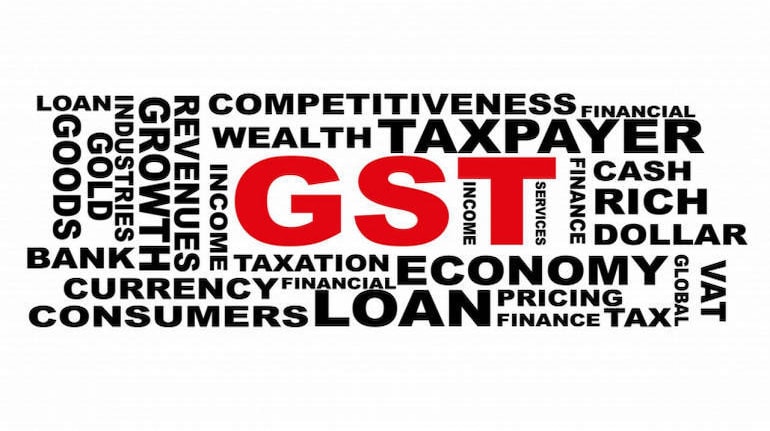



The ignorance and uncertainty ahead of the GST implementation was palpable as we connected with dealers across industries. While large organised players may be nearly ready for GST, the same is not the case with many smaller entities.
The unpreparedness of certain segments is prompting some of them to spread rumours about a delay in GST implementation. While a few are not yet aware of the applicable GST rate for their products, a large section are still uncertain about the transitional stocks.
Some of the dealers we spoke to are continuing with their business without worrying about GST as they do not want to lose market share, but many of them are de-stocking to avoid the looming uncertainty.
Treatment of Transitional StockThe key cause for de-stocking is on account of the tax treatment of the pre-GST stock, or the transition stock. In the transition period the stock of raw material/semi-finished/finished goods may be lying at the factory/warehouse or the dealer premises.
If goods are in the factory with excise invoice or with registered dealers (First Stage Dealer or Second Stage Dealer), where excise invoice is available, full credit for the excise paid in the past twelve months will be available.
For other dealers which are not registered with Central Excise department, even those dealers who do not possess the duty paying documents can take the credit on the basis of a formula prescribed by the government. As per the guidelines, credit to the extent of 60 percent of CGST (Central GST) shall be available where GST rate exceeds 18 percent. In cases where the GST rate is below 18 percent, only 40 percent deemed credit will be available against CGST and SGST dues.
Further, the government will refund 100 percent excise duty for goods costing above Rs 25,000 and bearing a brand name of the manufacturer and are serially numbered like TV, fridge or car chassis.
Traders and retailers can file declarations within 90 days claiming tax credit for transition stock after the GST rolls out from July 1.
At the sales end, if VAT invoice is available, full credit will be made available for purchase made in the past 12 months. However, in the absence of tax invoice, the rules mentioned above would apply.
So what does this mean for the channel?If GST rate is higher than the current VAT rate, dealers would seek an upward revision in prices of transition stock, or seek compensation for the loss of margin or reduce purchase and reduce inventory.
Manufacturers will also take back goods from the dealers and keep it in the warehouse where excise invoice is available. They would reduce the goods moved to warehouse without excise.
Companies will be willing to take goods from the manufacturer (against excise invoice) but not from traders (as they can claim only to the extent of 60 percent or 40 percent of CGST).
Inventory of inter-state purchase would be discouraged as CST would not be available as credit.
So What does our Channel Checks Indicate?For automobile manufacturers the rate post-GST goes up marginally for small cars and shouldn’t impact demand significantly. In models, where there is a reasonably long waiting period, the concept of stocking is largely irrelevant, and GST wouldn’t impact sales.
But for not so popular brands, de-stocking is significant and so are the discounts to clear the inventory.
However, auto ancillary dealers catering to the after-market appears to be much less prepared compared to car dealers. The tyre dealers we contacted were not sure if they would receive compensation from the companies as the prevailing VAT rate at 13.5 percent is much lower than GST rate at 28 percent. While some of the players are not de-stocking as they are unwilling to lose the business opportunity, most dealers are de-stocking in the absence of clarity.
Some of the battery dealers we spoke to mentioned they weren't getting supplies from companies leading to involuntary de-stocking. For them also, the VAT rate at 13.5 percent is much lower than the GST rate of 28 percent.
The cement dealers we spoke to are de-stocking. They fear that the old stock will not get tax credit beyond September and hence they would not like to stock more in the lean season of rains.
Overall, our channel check suggests, a lack of clarity and fear are resulting in de-stocking. Sales at least for a quarter or two if not more for many businesses might feel the GST adjustment impact.
Discover the latest Business News, Sensex, and Nifty updates. Obtain Personal Finance insights, tax queries, and expert opinions on Moneycontrol or download the Moneycontrol App to stay updated!
Find the best of Al News in one place, specially curated for you every weekend.
Stay on top of the latest tech trends and biggest startup news.